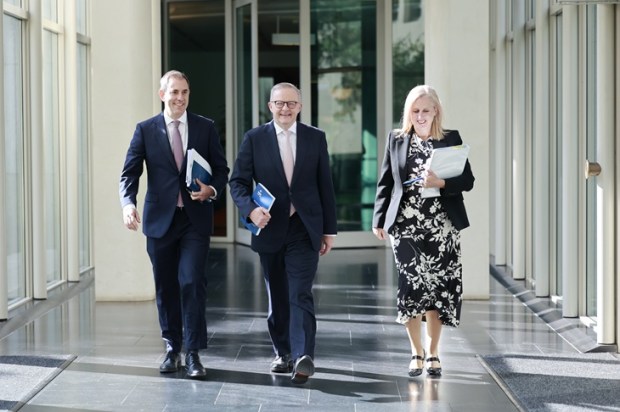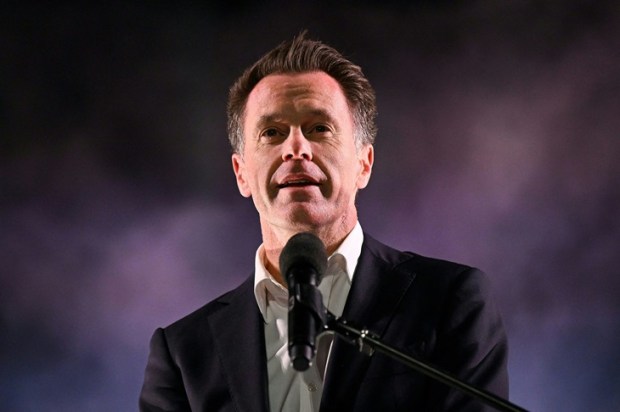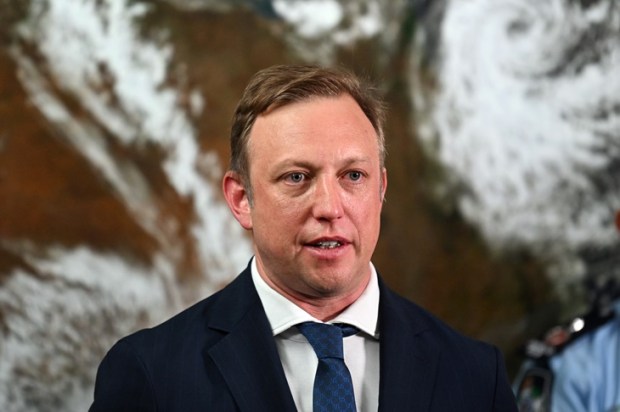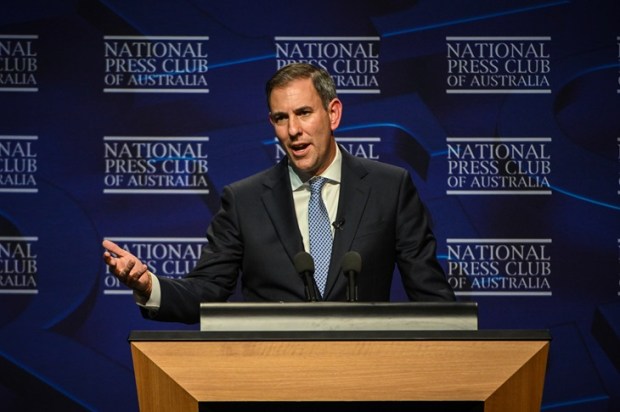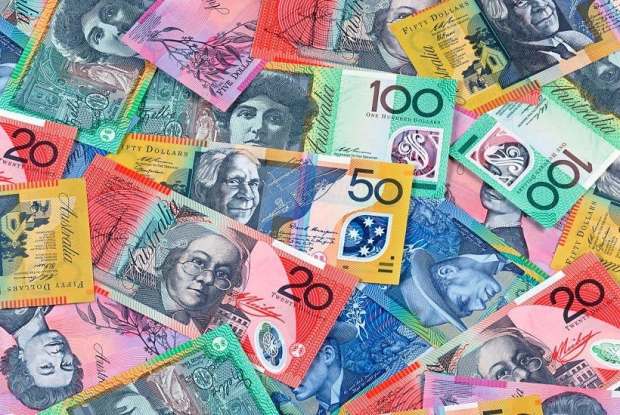The best thing that can be said about the 2024 Victorian Budget is that it’s not as bad as recent years, but that is damning with faint praise.
The sad truth is that the government continues to spend money that it doesn’t have, run up large debt and deficits, slug the public with ever-higher taxes, and avoid all difficult decisions.
Last year the government predicted the 2024/25 Budget would have a $1 billion deficit. Since then, they benefited from a $1.2 billion GST windfall, non-policy variations boosted the budget by a further $2.3 billion, and tax increases worth $0.2 billion. The 2024/25 operating Budget should have had a surplus of nearly $3 billion.
Sadly, the government couldn’t overcome their addiction to new spending. The budget papers show net new spending decisions worth $4.8 billion in the budget year alone, which sent the operating budget into a $2.2 billion deficit.
The story is bad enough, but it gets worse.
The Victorian government (like all other states) have the nasty habit of focusing on their operating balance, instead of highlighting their fiscal balance or underlying cash balance, as done by the relatively more honest federal budget papers. Hidden deep in the budget papers is the admission that the 2024/25 Budget actually has an underlying cash deficit of a whopping $15.2 billion (2.4 per cent of GSP).
As you would expect, these never-ending deficits result in an ever-increasing level of debt, with net debt set to hit $188 billion by 2028 (25.1 per cent of GSP). Again, the full story is more worrying.
The net debt statistic does not factor in all government liabilities. Adjusting for that oversight, the ‘net financial liabilities’ is set to increase to $234 billion by 2028 (31.3 per cent of GSP), which is equivalent to $31,500 for every man, woman, and child in the state. This is irresponsible and unsustainable, and the federal government must be getting nervous that they will soon be called on to bail Victoria out of their mess.
Regarding microeconomic reform and structural issues, it almost goes without saying that the government dodged all difficult decisions and missed yet another opportunity to address the shambolic health sector or the unwieldy tax system. The main announcements were minor tweaks of existing programs and some one-off handouts.
On the economic front, the budget papers admitted that prices have outpaced wages for the last two years, sending Victorians backwards. Though they are hoping that will improve for the coming years.
During the Budget Chat livestream hosted by the Australian Taxpayers’ Alliance earlier this week, I asked the other panellists if they could find anything positive to say about the Budget. After some arm twisting, Gene Tunny cited a minor change to stamp duty that would benefit some businesses, Barclay McGain noted that the miserly $0.3 billion of budget savings was better than nothing, and Xavier Boffa pointed to the low forecast growth in spending in the forward estimates as a hint of possible future responsibility.
For my part, I commended the Victorian government for doing the one thing that has garnered them the most criticism from the media and opposition – being willing to wind back some of their unaffordable capital projects.
Responsible economic management would have meant they didn’t make unaffordable announcements in the first place, but when a government starts to correct their past mistakes, they should at least be given half a tick for the change in direction.
The Victorians got us off to a mediocre start to budget season. Next week it is the turn of the federal government, and the Australian Taxpayers’ Alliance will be back with a new Budget Chat livestream to unpack the good, bad, and ugly. Tune in at 1 pm on Wednesday on YouTube, Facebook, or Twitter to join the fun.
Dr John Humphreys is the Chief Economist for the Australian Taxpayers’ Alliance, and was a former Treasury official working in the Budget Policy Division.


